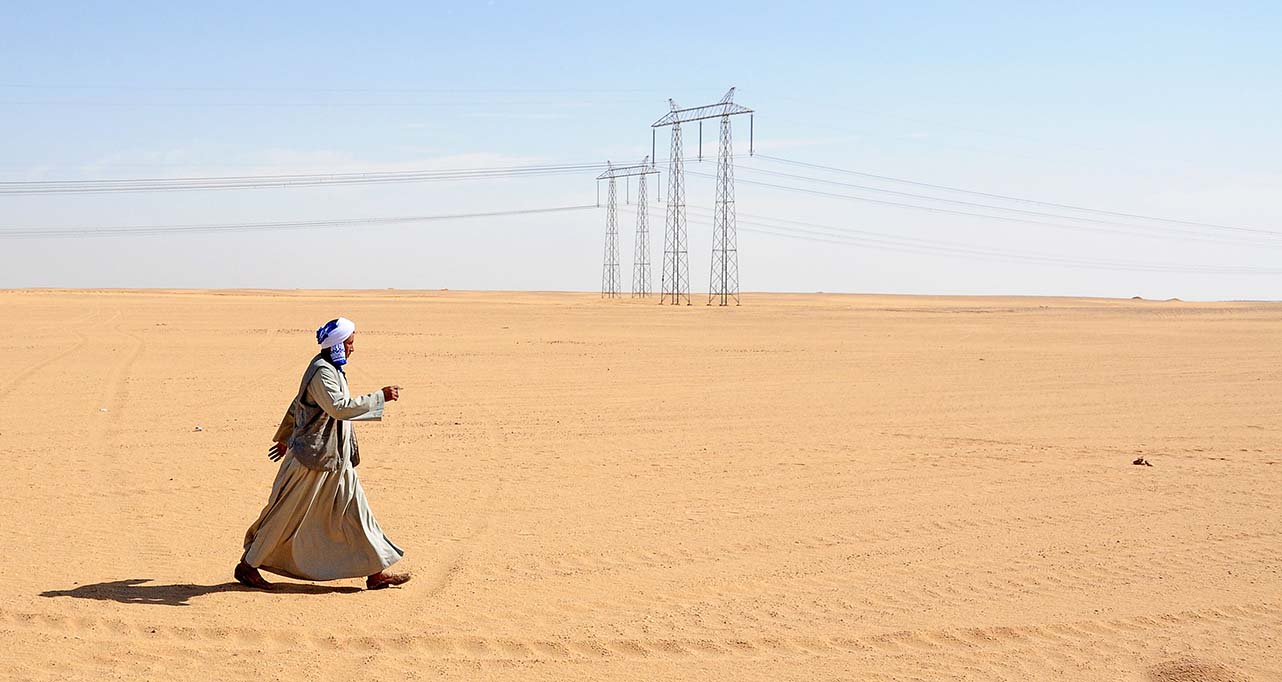- EBRD revises down forecast for Ukraine growth in 2025 to 3.5 per cent
- Flagship report forecasts 5.0 per cent 2026 growth if fighting is suspended this year
- Despite pressures of war, Ukraine’s economy grew 3.0 per cent in 2024
Ukraine’s economy, which grew 3.0 per cent in 2024 despite the pressures of Russia’s full-scale war, is forecast to grow 3.5 per cent in 2025 and strengthen further to 5.0 per cent in 2026 provided that an agreement to suspend fighting is reached this year, says a flagship report by the European Bank for Reconstruction and Development (EBRD), published today.
The EBRD’s latest Regional Economic Prospects (REP) revises downwards its previous forecast for Ukraine’s 2025 growth by 1.2 percentage points. Last September’s REP had seen growth of 4.7 per cent for 2025.
Although Ukraine has entered 2025 with its external financing secured for the year, it is facing a slowdown in economic growth and accelerating inflation due to the impact of the war that began with the Russian invasion of February 2022, explains the report, entitled “Weaker momentum amid fragmenting trade and investment”.
The continuation of the war and massive attacks by Russia on Ukraine’s electricity infrastructure have caused both power shortages, forcing Ukrainians to pay high prices for imported electricity, and acute labour shortages. Real GDP growth slowed markedly from over 5.0 per cent in the first half of 2024 to around 2.0 per cent in the second half of the year; the overall GDP figure for 2024 is estimated at 3.0 per cent.
Resurgent inflation in the second half of 2024 was driven by rising electricity costs, a correction in regulated utility prices, rapid real wage growth, and currency depreciation against the US dollar following relaxation of the exchange rate peg in October 2023.
Annual inflation reached 12 per cent in December 2024 and is likely to remain at a similar level in the first half of 2025 before falling back to single digits towards the end of the year.
The central bank has reacted by raising the policy rate twice since December 2024, from 13.0 to 14.5 per cent, with further monetary tightening likely.
Ukraine’s budget deficit for 2025 is projected at 19.4 per cent of GDP and will be fully financed through US$ 38.4 billion in external budget financing. This includes US$ 13.7 billion from the EU under Ukraine’s Facility, US$ 22.0 billion from the G7 countries based on revenue from frozen Russian assets and US$ 2.7 billion from the IMF.
The negative factors that weighed on growth in the second half of 2024 are likely to persist in 2025.
On the positive side, the proven resilience and adaptability of businesses, the well-functioning Black Sea trade corridor, strong public consumption stimulus and increasing military procurement from domestic industries are expected to support economic growth.
The EBRD’s regional economic forecast across the 36 economies where it invests, from central and eastern Europe and Central Asia to the Southern and Eastern Mediterranean (SEMED) region, has also nudged downwards by 0.3 percentage points from the Bank’s September 2024 outlook.
Growth across the economies where the Bank invests is now expected to average 3.2 per cent this year, before picking up to stand at 3.4 per cent in 2026. That downward revision stems primarily from weaker external demand in central Europe, the Baltic states and south-eastern EU countries. It also reflects the ongoing impact of conflicts and the slow pace of reform in the southern and eastern Mediterranean (SEMED) region.
The new report highlights subdued global growth momentum and a persistent gap between the performance of advanced European economies and that of the United States of America. It cites growing uncertainty surrounding potential increases in tariffs on US imports and retaliatory measures by trading partners.




